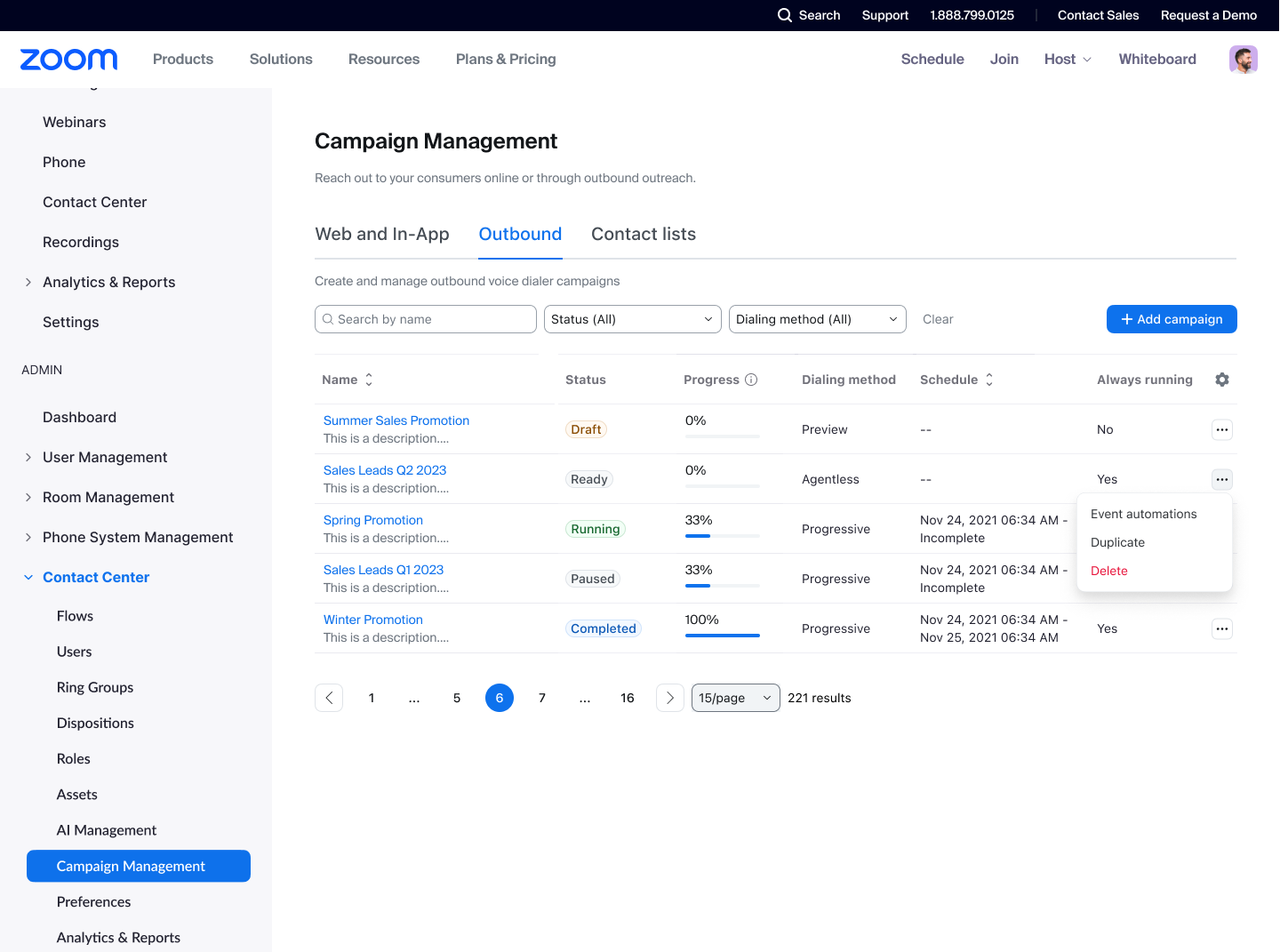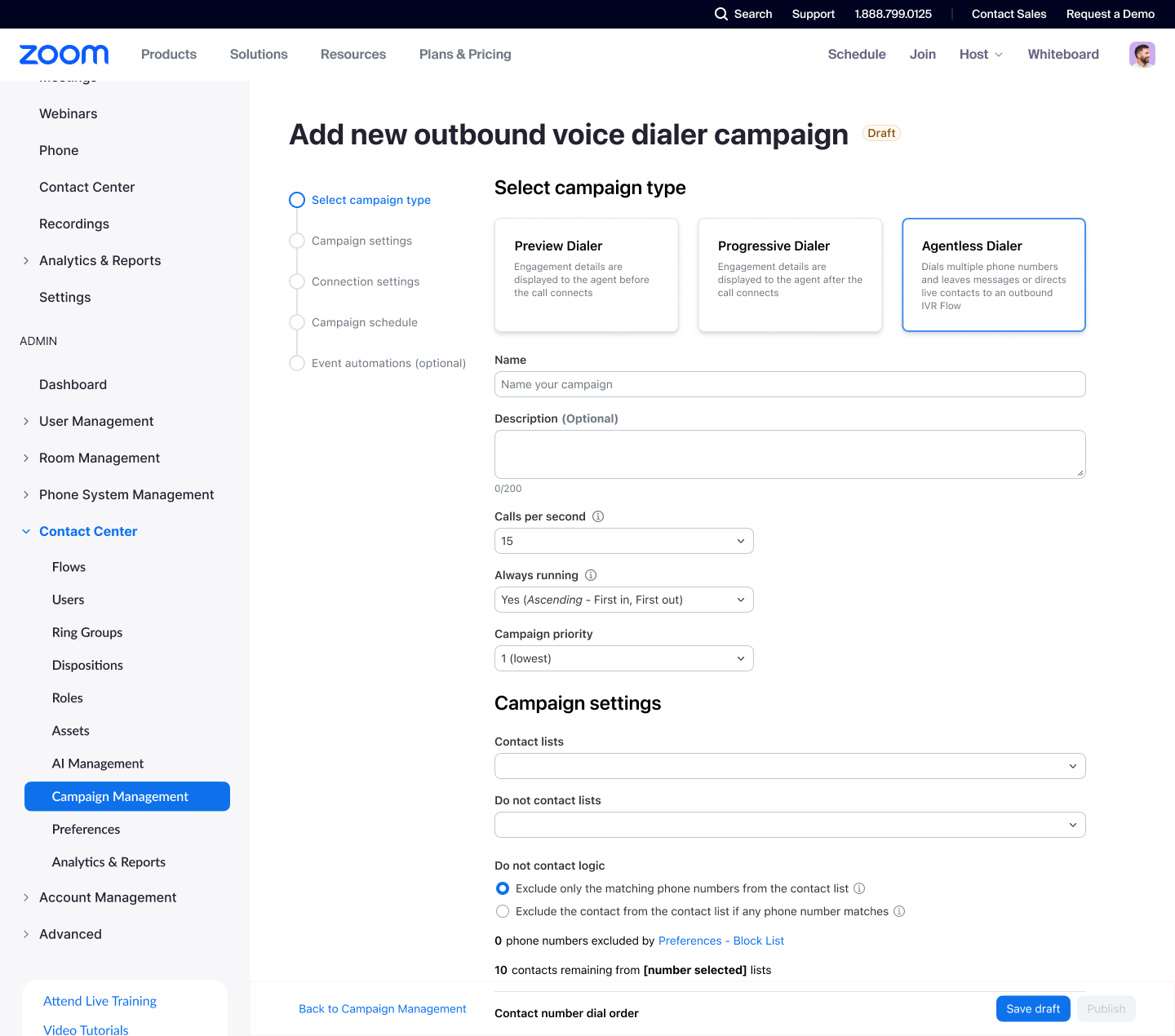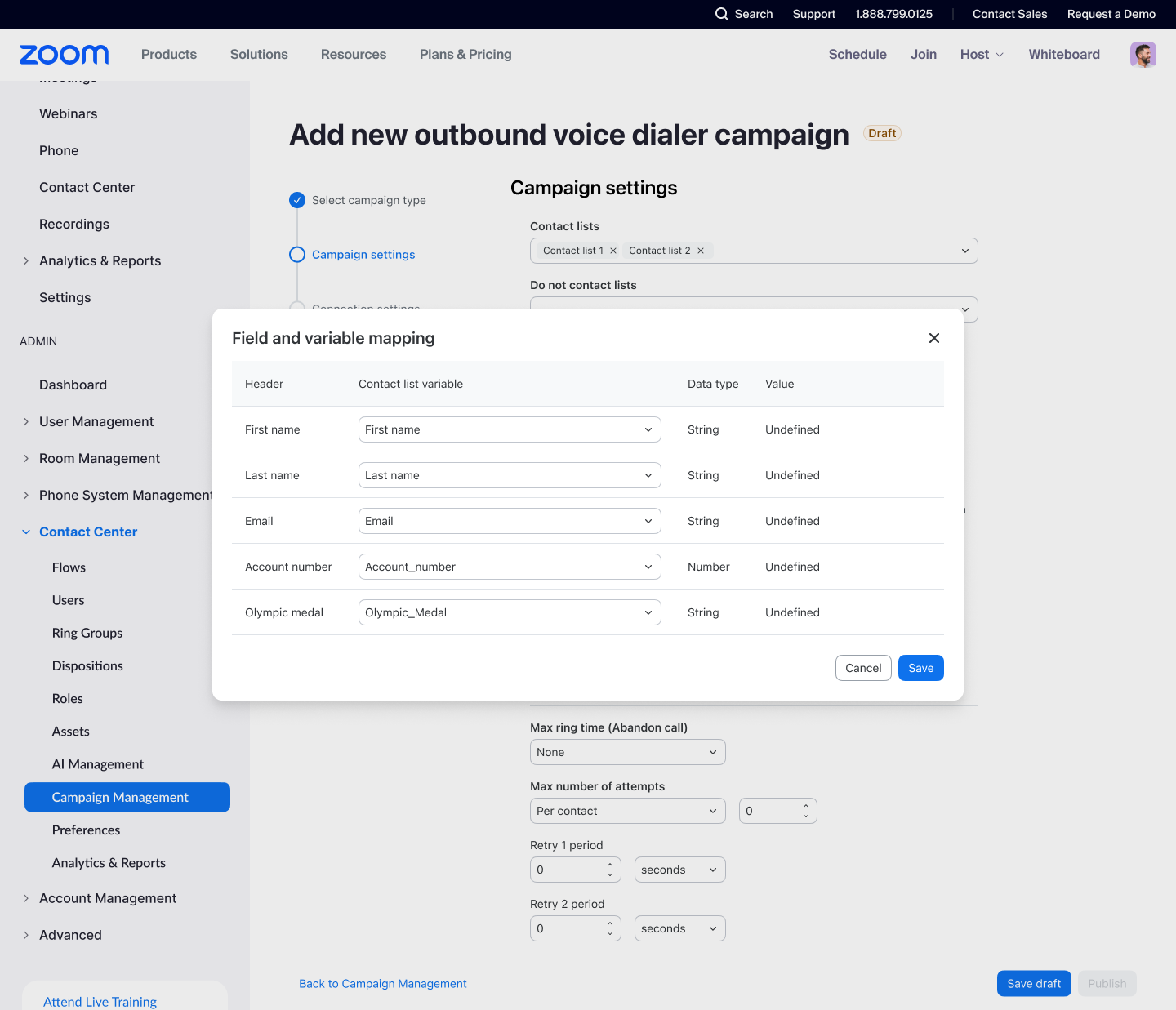Zoom Contact Center
Developing product strategy and creating feasible actions
A large part of my growth as a designer has been leveraging my business and research background to impact the product roadmap and guide product strategy for the Zoom Contact Center. Becoming more involved in prioritization and strategy is important to my own development as a senior IC and how I help our Contact Center design team better liaise with our business and sales counterparts and maintain consistency in our design patterns.



The contact center product at Zoom is a new entrant into an industry with few established players. Because of this, it faces a problem that many new entrants face: the pressure of feature parity vs. user-focused innovation. This tension pressures teams into abandoning roadmaps if not addressed directly.
Through research and stakeholder facilitation, we learned that there was a major feature that both prospects and customers wanted, but we continued to be delayed because it was deemed as “too big”. Considered a tables stakes feature in the contact center industry, we were losing deals quarter after quarter by delaying. This misalignment exacerbated the strategic gap between Sales and Product and impacted the revenue goals that both teams had.
To mitigate the issues and stop the delays, I created a short and long-term concept for the feature to showcase to product and sales leadership. I then worked with sales and engineers to break up the feature into specific and feasible use cases that could be added to the roadmap and, most importantly, start development right away.
While I was familiar with this type of lean development at previous organizations, I introduced a new concept at Zoom. By breaking the feature into smaller but feasible actions, the feature became less daunting to our product manager and engineers and we were able to focus on delivering incremental customer value.
Both prospects and customers noticed the improvements in internal transparency and communication. Because our sales teammates were able to provide more specific and transparent updates to their prospects and customers, they also wanted to be involved in our product development process rather than product designers having to try to cajole or beg for user access, which can be the case in most enterprise organizations.
